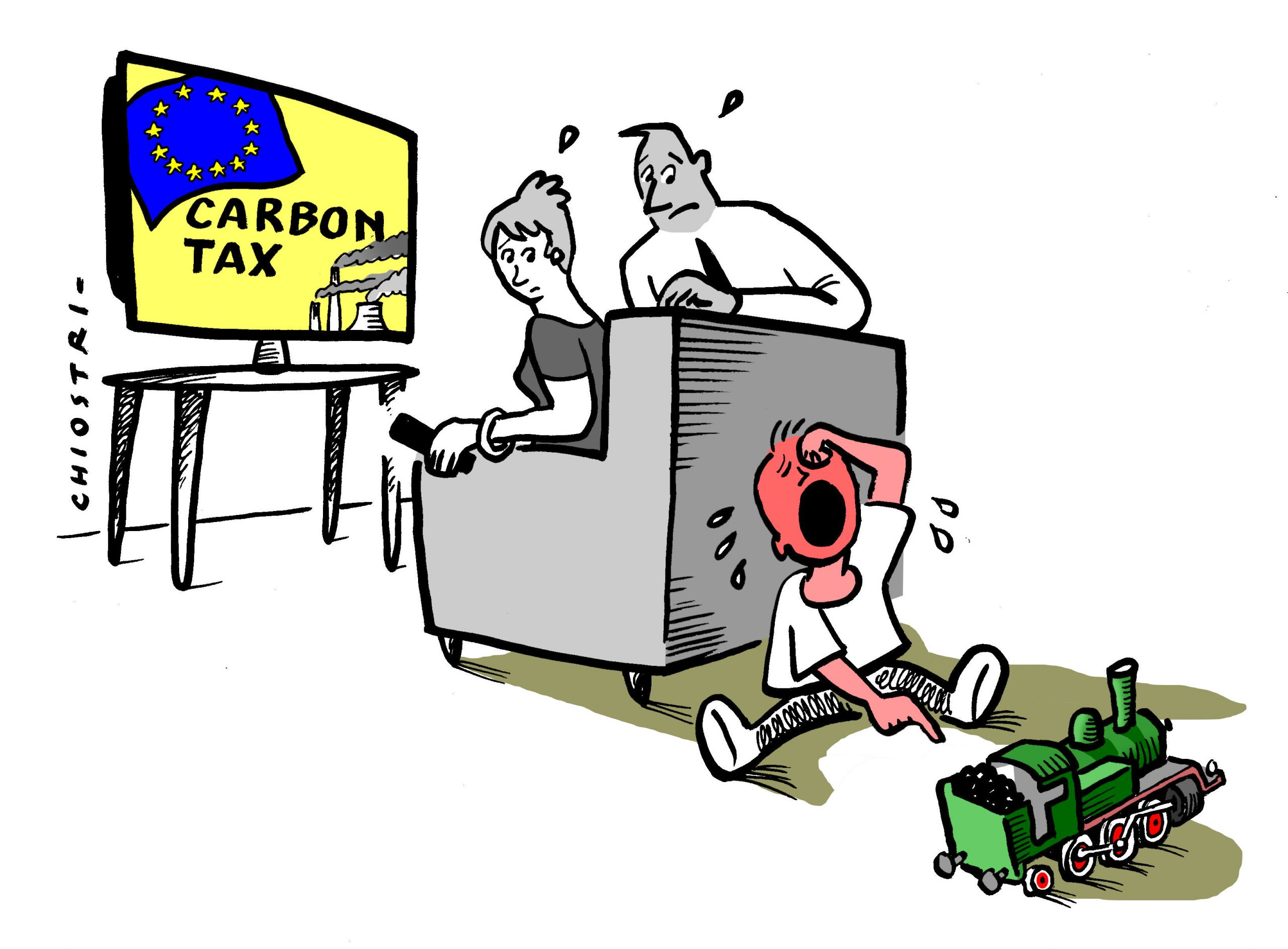It was noted in my previous blog of this common series published on 24 August 2020 that on 22 July 2020 the European Commission opened a public consultation on the Carbon Border Adjustment proposal put forward as part of the EU Green Deal. This is not the first document issued under that initiative. In March 2020 the European Commission published an Inception Impact Assessment Report (Impact Assessment Report) to discuss policy options for a Carbon Border Adjustment Mechanism (CBAM). The CBAM is part of the EU Commission’s plan to modernize the Energy Tax Directive, in order to align it with environmental objectives. In this blog, I will discuss the legal obstacles the EU legislator might be faced with in implementing the CBAM and how to overcome those obstacles.[1]
It is common knowledge that Article 113 of the Treaty on the Functioning of the European Union (TFEU) requires unanimity in the passing of new excise taxes aimed at the harmonization of the legislation of the internal market. The main obstacle to the EU Commission’s current plan would therefore be to overcome the requirement for unanimous approval on the harmonization of legislation concerning indirect taxes.
In view of that, in January 2019 the European Council issued a Communication to the European Parliament, entitled ‘Towards a more Efficient and Democratic Decision Making in EU Tax Policy’ (hereinafter, the Communication) where the EU Commission proposed to replace the unanimity vote on harmonization of taxes by a qualified majority vote. According to the Communication, the most practical way to move from unanimity to qualified majority voting in taxation would be to use the ‘passerelle’ clauses enshrined in the EU Treaties. Notably, the Treaty on the European Union (TEU) carries both general and specific passerelle clauses. Relevant to the achievement of environmental policy goals is Article 192(2) of the Treaty on the Functioning of the European Union (TFEU) which contains a specific passerelle clause for measures in the environmental field currently subject to unanimous voting, including provisions ‘primarily of a fiscal nature’. However, in order to switch to ordinary legislative procedure for tax measures in this domain, the EU Council must unanimously agree to do so, based on a proposal from the EU Commission and after consulting the EU Parliament, the Economic and Social Committee and the Committee of the Regions. Tellingly, no progress has been made since the issuing of the Communication.
The introduction of a CBAM might therefore ultimately depend on the Commission’s political ability to make use of the environmental passerelle clause and reduce the approval threshold (from unanimity to QMV) to have the tax approved by the EU Member States. Therefore, prior to even considering design features and legality of the CBAM, the Commission might have to overcome potential legislative and political barriers to the introduction of such a tax.

© 2020 Kluwer Law International B.V., all rights reserved.
[1] T. Falcão, Toward Carbon Tax Internationalism: The EU Border Carbon Adjustment Proposal, Tax Notes International, June 1, 2020, p. 1047
________________________
To make sure you do not miss out on regular updates from the Kluwer International Tax Blog, please subscribe here.


